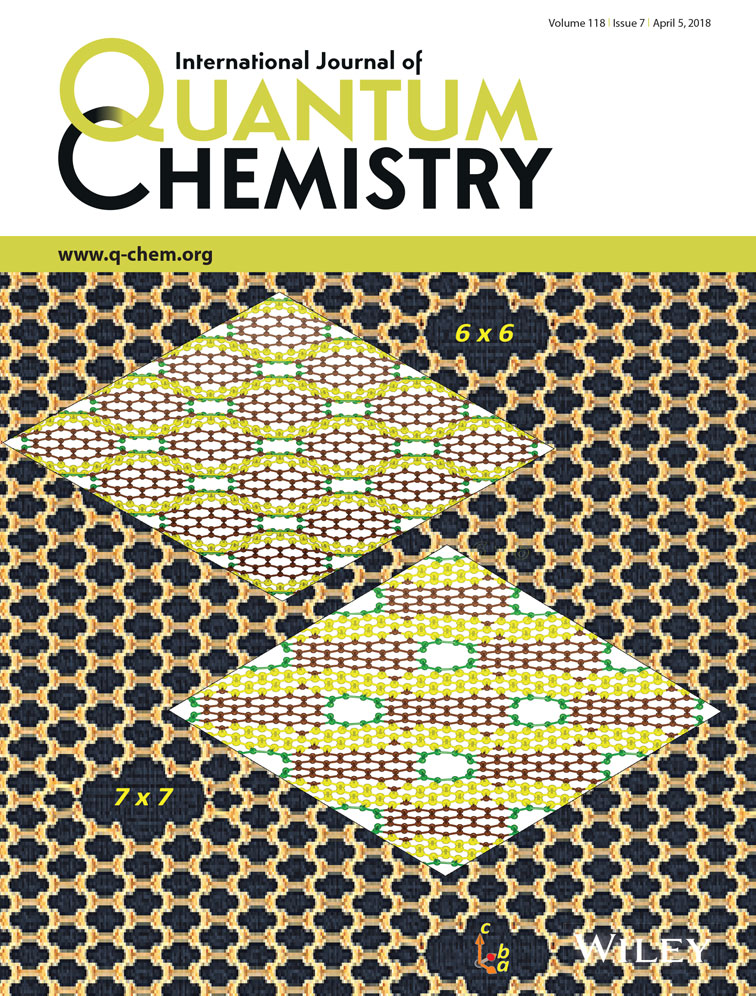Possible causes for rippling in a multivacancy graphene system
Funding information: Comisión Sectorial de Investigación Científica (CSIC), Agencia Nacional de Investigación e Innovación (ANII), and Programa de Desarrollo de las Ciencias Básicas (PEDECIBA)
Abstract
The occurrence of ripples in an eight-atom vacancy graphene system was analyzed through first principles calculations based on density functional theory. The study focuses on the conditions that should be considered in order that ripples could occur in the single layer defected graphene. The vacancies concentration, especially the pentagonal figures formed after relaxation of the vacant system, and the distances between neighbor pentagons, are found to be key aspects for rippling occurrence, with no charge distribution consequence. Two different configurations of rippling have been found where the position of the pentagonal figures is discussed as the driving force for any of them to occur.




